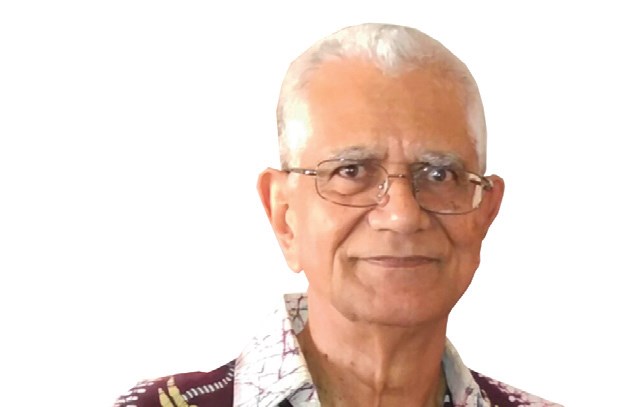 In America, it is quite possible and, in all likelihood, most probable that an “educated” person can complete a college degree in just about any field without excavating the fact that Columbus did not “discover” America.
In America, it is quite possible and, in all likelihood, most probable that an “educated” person can complete a college degree in just about any field without excavating the fact that Columbus did not “discover” America.
From elementary school onward, American students are taught white nationalist propaganda called “history” which serves two intersecting purposes: 1. It instills Eurocentric pride and, 2, it denigrates other cultures and civilizations through masking, altering and dismissing their contributions to life on Planet Earth.
Columbus, the mass murderer and the man who instilled slavery in the Americas, learned about Africans traveling across the Atlantic Ocean from the Guinea coast with boats loaded with goods to trade during a chance stop in the Cape Verde Islands off the coast of West Africa.
When Columbus arrived in the place he later named Hispaniola, Indians there told him they had traded for gold with black men who had come by sea. Columbus killed all the people on Hispaniola he could find and could not enslave and confiscated their gold and all other goods.
Even the so-called explorer Amerigo Vespucci, a Columbus cohort of sorts, witnessed black men on boats loaded with goods returning to Africa while he was voyaging to the Americas. The two men had cut deals on how they would play palace politics in Europe and share much of the booty filched and outright snatched from “the New World.”
It has been only since 1938 that renowned institutions in America began unearthing ancient African history in the Americas. From Mexico down through Central America all the way to Peru in the southwestern reaches of South America, startling
discoveries would help change the Eurocentric view of world history. However, those findings, although carbon dated in 1957, were mostly kept in technical journals.
Unearthed thus far are at least 11 colossal stone heads of Africans, each of which is sculptured from a single basalt stone, each standing six to nine feet tall. A single head weighs 10 to 40 tons or more and ranges from 18 to 22 feet in circumference.
Not only is the art of realistic portraiture amazing but also the engineering necessary to move each huge stone from a quarry to its resting place, each face looking east to the Atlantic Ocean, yet puzzles ethnocentric “scholars.”
In his important and popular book They Came Before Columbus, the black author, linguist and anthropologist Ivan Van Sertima provides perspective: “ . . . the living human figures upon which these heads were modeled could not have appeared at La Venta later than 680 B. C. and could have entered the Gulf of Mexico anytime between the average 800 B.C. date and the 680 B.C. date, a period which roughly spans the Twenty-Fifth Dynasty of Egypt.”
Of the Twenty-Fifth Dynasty, Van Sertima tells us, “These Kings formed the last bastion of Egyptian civilization against the advance of the alien.” They were Pi-an-khy, Shabaka, Shabataka and Tir-ha-kah, “who, from circa 751 to 654 B.C., threw their shadow across the length and breadth of the Egyptian empire, from the shores of the Mediterranean to the borders of modern Ethiopia, almost a quarter of the African continent. They were among the last of the great sun kings of the ancient world.”
Egyptian statuettes were uncovered in Peru and the step-pyramid has been found there and in Mexico. According to Van Sertima, the step-pyramid or ziggurat “goes back three thousand years before Christ. Among the most noted Egyptian step-pyramids are the Pyramid of Djoser at Saqqara (2750 B.C.) and the Pyramid of Medum built for the Pharaoh Sneferu (2700 B.C.).”
Van Sertima adds, “There were no pyramids in America before the ‘contact period’ (800-680 B.C.).”
Ancient Africans were all over the world. They crossed the deserts using knowledge of mathematics and astronomy and used the same knowledge to travel the seas. West Africans and East Africans alike traded with India and China and communities of the Mediterranean.
Among the myriad facts readers will discover in John G. Jackson’s book Introduction to African Civilizations is this: “It is a fact that the first Spanish and Portuguese explorers found colonies of black men on the eastern coasts of South and Central America and in Yucatan and Nicaragua.”
There is also the following fact that illustrates the insidious nature of white nationalism. Jackson writes, “The idea that ancient America was entirely cut off from the rest of the world can no longer be entertained. American scientists and scholars have strived to maintain this position; but it has now become untenable.”
Al Calloway is a longtime journalist who began his career with the Atlanta Inquirer during the early 1960s civil rights struggle. He is writing a book of essays. He may be reached at Al_Calloway@verizon.net













No Comment